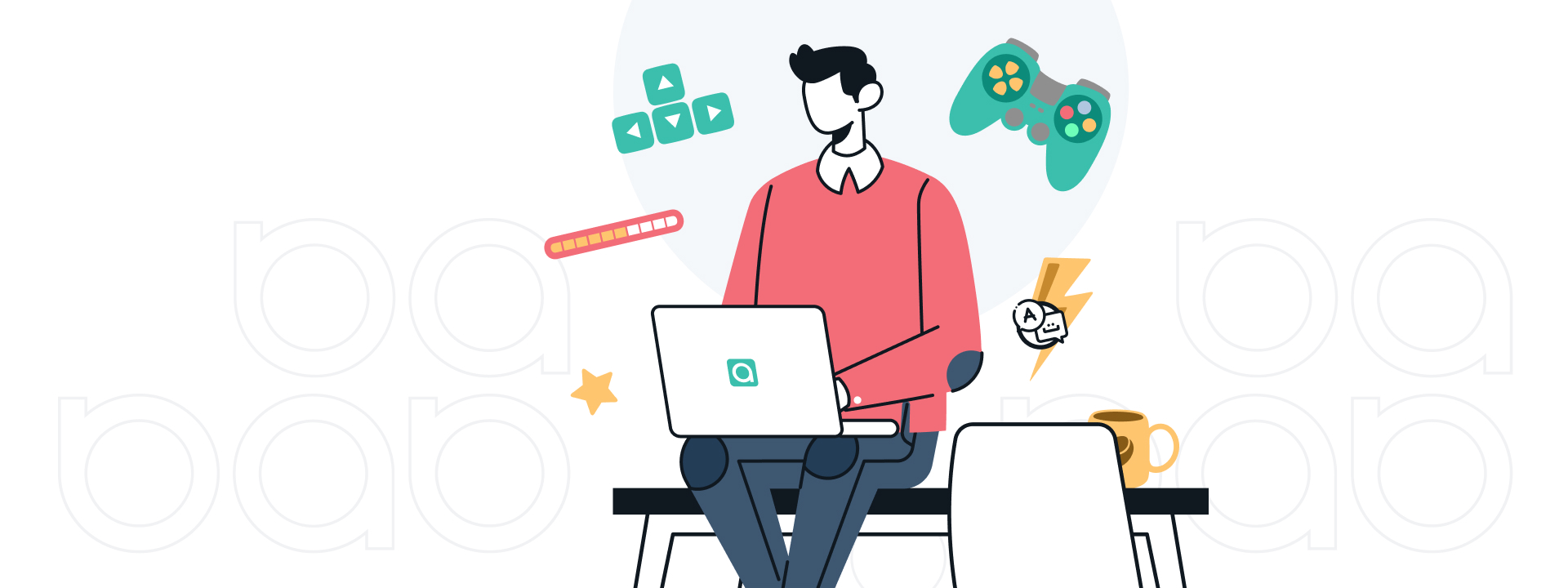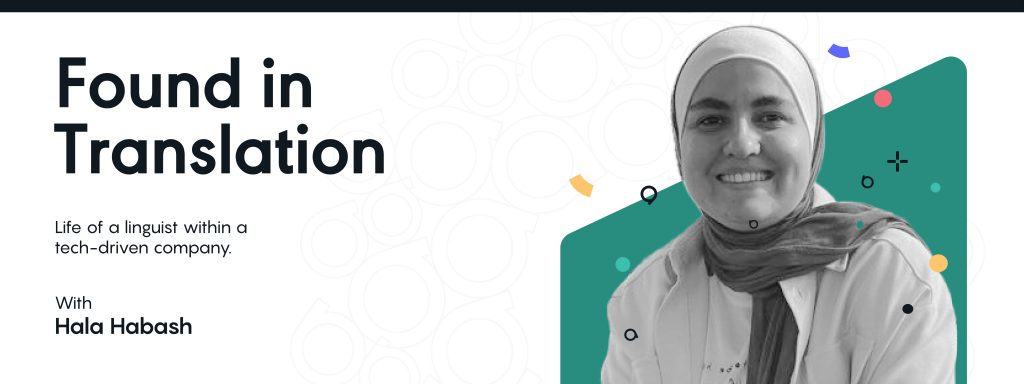
Video game localization is essential if you want your game to reach global players. In order for your games to achieve maximum market coverage and thus the highest sales possible, you should translate, and more importantly, localize them.
You know your video game’s localization is successful if your new target audience cannot tell that it was originally written in a different language and they feel fully immersed in your game’s world. This may sound like a simple translation of the content into the desired target language, but video game localization is actually much more complex.
We are here to explain and simplify the process for you! Keep reading to find more about this lesser-known but dynamic area of localization!
What Is Game Localization?
Game localization is much more extensive than translating text from one language to another, although it is also an important part of the process. Video games often make reference to cultural aspects like witty implications relating to a particular culture and its history. Video game translation focuses on translating these cultural and historical elements with references to regional slang and its culture.
Compliance with censorship is also an important part of video game localization. Censorship regulations differ from country to country; especially with regard to violence and blood, which you can see in many games.
You should pay special attention to this feature when translating and localizing video games. Some changes made during video game localization even require the developer’s assistance. This includes tasks such as:
Ultimately, game localization enriches a game for different cultures. The main thing is to make a list of different components of gaming software for the benefit of each country. This may sound like a lot of work and dedication, but it is a great way to maximize sales and demonstrate the high quality of your product to a global audience. Video game localization is about integrating and breaking cultural boundaries in the gaming world.
Why Is It Important?
Video game localization offers a number of advantages. The most obvious one is that it helps technology companies reach a global audience and thereby maximize their revenue. If a certain software is available in several countries; the downloads, the placements in the application stores, and the competitive advantage increase. By localizing a video game, working with qualified game localization services, developers can also keep control of their game, avoiding translations of amateurs. Such translations are mostly of poor quality, damaging the game’s reputation internationally.
Video game localization is highly beneficial for the players themselves. It enables users all over the world to participate in a technologically brilliant product. It also breaks the language barrier, allowing the game to be accessible to all players. In fact, a perfectly localized game helps players immerse themselves in the world of the game as they can play it in their own cultural and linguistic context.
How to Start Localizing Your Game
Starting such a complex project may look scary. However, working with experienced game localization services and having knowledge of the process make it a lot easier for you. In order to keep up with your competitors and boost your sales, localization is a must for you.
According to many data, these are the languages most preferred to localize a video game:
How does game localization work? Here are the steps of the process:
Knowing the steps, you may wonder “How long does video game localization take?” The time it takes depends on some circumstances such as how long the game is, how extensive its world is and which language it is localized to. However, with specially developed localization software, skilled localization experts, and an experienced team, you can manage complex productions in the shortest time possible.
We offer a wide range of game localization and translation services to meet your needs. We combine the expertise of our carefully selected translators who specialize in game localization with advanced technology, ensuring that your game is translated accurately and on time. Don’t hesitate to contact us for your company’s game localization needs!




